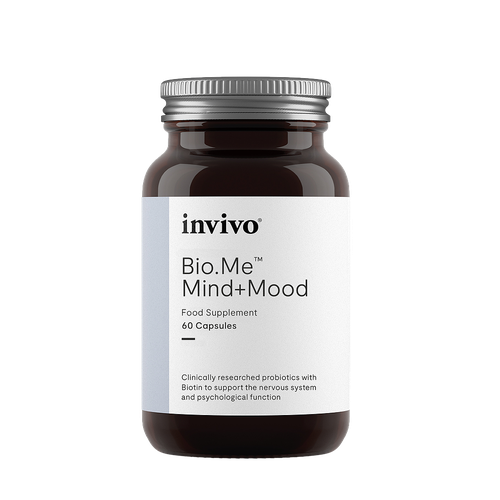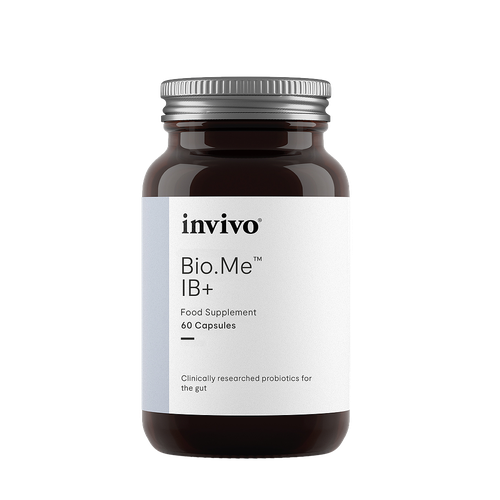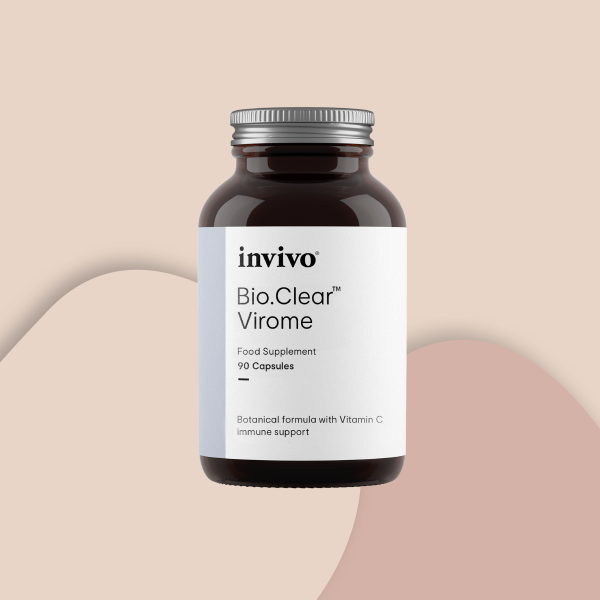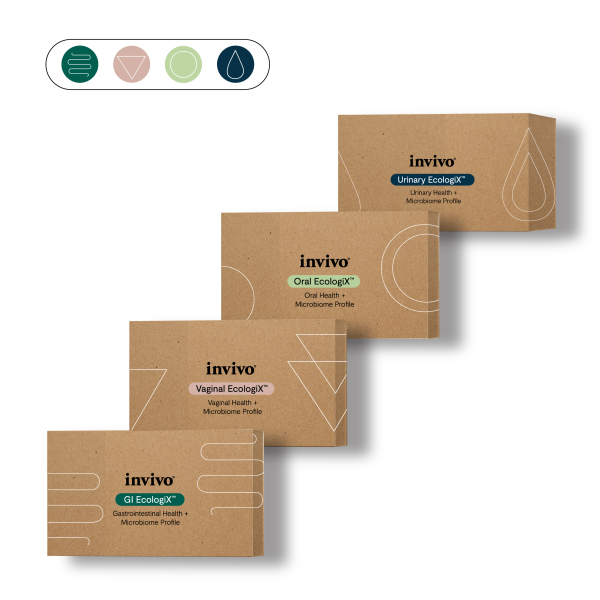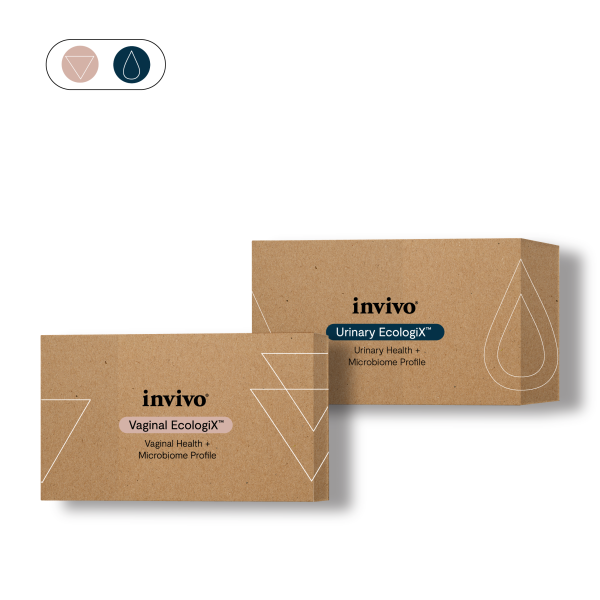Coq10 What You Need To Know
INFORMATION IS FOR PROFESSIONAL USE ONLY.Educational information only. Not intended as a replacement for medical advice that is based on individual circumstances.

Coenzyme Q10
Coenzyme Q10 is a fat-soluble, high molecular weight compound produced by
the body for the basic functioning of cells. It is synthesised endogenously on a
branch of the mevalonate pathway, which also produces cholesterol. CoQ10 plays
a central role in cellular energy metabolism that produces adenosine triphosphate
(ATP), the energy currency for muscle contraction and other cellular processes.
Organs with high energy demands, such as the heart and liver, have the highest
concentrations of CoQ10.
CoQ10 is recognised for its significant role in the electron transport chain as well
as being one of the body’s most vital antioxidants. It is found in the mitochondria,
the energy-producing center or “powerhouse” of the cell. In addition to being
produced in the body, CoQ10 can also be obtained in small amounts through
certain dietary sources, such as fish (salmon and tuna) and organ meats (heart,
liver and kidney). These amounts (internal and dietary), however, may often be
inadequate to meet the body’s demands. Additionally, age and various illnesses,
as well as the use of various medical classes, increase the need for this valuable
nutrient. Thus, as is the case with many vitamins and minerals, supplemental
amounts of CoQ10 may be beneficial for specific health conditions and may help to limit oxidative damage.
CoQ10 Demystified
CoQ10 exists in both ubiquinone and ubiquinol forms, its names derived from the word “ubiquitous” because it is present everywhere in the human body. The number ten in “CoQ10” refers to its biochemical structure, which consists of ten isoprene units attached to a benzoquinone “head.”
In the mitochondrial electron transport system, CoQ10 undergoes continuous reversible oxidation and reduction. It is converted to ubiquinol (reduced form) when it accepts electrons and to ubiquinone (oxidized form) when it donates electrons (2). As an antioxidant, CoQ10 regulates membrane fluidity, recycles radical forms of vitamin C and E, and protects membrane phospholipids against peroxidation (3) (the process whereby free radicals “steal” electrons from the lipids in cell membranes, which can result in cell damage).
Medications and CoQ10 Depletion
CoQ10 is synthesized in the same pathway as cholesterol, and therefore also involves the HMG CoA reductase enzyme.
CoQ10 production is negatively affected by the use of cholesterol-lowering statin drugs because they interfere with this
enzyme by design. Research suggests that some statin drugs decrease serum CoQ10 levels by as much as 40% (16). In
addition, other drugs (gemfibrozil, adriamycin, beta blockers) have been found to decrease serum CoQ10 (17).
CoQ10 Supplementation
Most healthy individuals are able to convert ubiquinone to ubiquinol (3). It has been shown that 80-95% of circulating
CoQ10 following oral ingestion of a ubiquinone supplement is in the form of ubiquinol (18, 19). However, there is evidence
that suggests that the ability to convert ubiquinone to ubiquinol may diminish with age (20).
Why is CoQ10 Important?
Low levels of ubiquinone have been documented in people experiencing various conditions including:
- Chronic fatigue syndrome (4)
- Congestive heart failure (5)
- Angina pectoris (5)
- Coronary artery disease (5)
- Cardiomyopathy (6)
- Chronic obstructive pulmonary disease (7)
- Parkinson’s disease (8)
- Cancer (9)
- Periodontal disease (10)
- Asthma (11)
- Age-related macular degeneration (12)
- Hyperthyroidism (13)
- HIV/AIDS (14)
- Cerebellar ataxia (15)
These statements have not been evaluated by the Food and Drug Administration. These products are not intended to diagnose, treat, cure or prevent any disease.
References
1. Clinical aspects of coenzyme Q10: an update. Littarru GP, Tiano L. Nutrition. 2010 Mar;26(3):250-4. doi: 10.1016/j. nut.2009.08.008. Epub 2009 Nov 22.2. Biochemical functions of coenzyme Q10. Crane FL. J Am Coll Nutr. 2001 Dec;20(6):591-8.3. The emerging role of coenzyme Q-10 in aging, neurodegeneration, cardiovascular disease, cancer and diabetes mellitus. Dhanasekaran M, Ren J. Curr Neurovasc Res. 2005 Dec;2(5):447-59.4. Coenzyme Q10 deficiency in myalgic encephalomyelitis/chronic fatigue syndrome (ME/CFS) is related to fatigue, autonomic and neurocognitive symptoms and is another risk factor explaining the earlymortality in ME/CFS due to cardiovascular disorder. Maes M, Mihaylova I, Kubera M, Uytterhoeven M, Vrydags N, Bosmans E. Neuro Endocrinol Lett. 2009;30(4):470-6.5. Coenzyme Q in cardiovascular disease. Singh RB et al. J Assoc Physicians India. 1998 Mar;46(3):299-306.6. Perspectives on therapy of cardiovascular diseases with coenzyme Q10 (ubiquinone). Mortensen SA. Clin Investig. 1993;71(8 Suppl):S116-23.7. Effects of coenzyme Q10 administration on pulmonary function and exercise performance in patients with chronic lung diseases. Fujimoto S et al. Clin Investig. 1993;71(8 Suppl):S162-6.8. A possible role of coenzyme Q10 in the etiology and treatment of Parkinson’s disease. Shults CW et al. Biofactors. 1999;9(2-4):267-72.9. Low plasma coenzyme Q10 levels as an independent prognostic factor for melanoma progression. Rusciani L et al. J Am Acad Dermatol. 2006 Feb;54(2):234-41.10. Study of CoQ10-enzymes in gingiva from patients with periodontal disease and evidence for a deficiency of coenzyme Q10. Nakamura R et al. Proc Natl Acad Sci U S A. 1974 Apr;71(4):1456-60.11. Decreased levels of coenzyme Q(10) in patients with bronchial asthma. Gazdík F et al. Allergy. 2002 Sep;57(9):811-12. 12. Does coenzyme Q10 play a role in opposing oxidative stress in patients with age-related macular degeneration? Blasi MA et al. Ophthalmologica. 2001 Jan-Feb;215(1):51-4.13. Serum coenzyme Q10 levels in thyroid disorders. Ogura F et al. Horm Metab Res. 1980 Oct;12(10):537-40.14. Biochemical deficiencies of coenzyme Q10 in HIV-infection and exploratory treatment. Folkers K et al. Biochem Biophys Res Commun. 1988 Jun 16;153(2):888-96.15. Human CoQ10 deficiencies. Quinzii CM et al. Biofactors. 2008;32(1-4):113-8.16. Evidence of plasma CoQ10-lowering effect by HMG-CoA reductase inhibitors: a double-blind, placebo-controlled study. Ghirlanda G et al. J Clin Pharmacol.1993 Mar;33(3):226-9.17. Coenzyme Q10 and cardiovascular disease: a review. Sarter B. J Cardiovasc Nurs. 2002 Jul;16(4):9-20.18. Dietary supplementation with coenzyme Q10 results in increased levels of ubiquinol-10 within circulating lipoproteins and increased resistance of human low-density lipoprotein to the initiation of lipidperoxidation. Mohr D et al. Biochim Biophys Acta. 1992 Jun 26;1126:247-54.19. Plasma coenzyme Q10 response to oral ingestion of coenzyme Q10 formulations. Bhagavan HN, Chopra RK. Mitochondrion. 2007 Jun;7 Suppl:S78-88.20. Age-related changes in the lipid compositions of rat and human tissues. Kalén A et al. Lipids. 1989 Jul;24(7):579-84.
